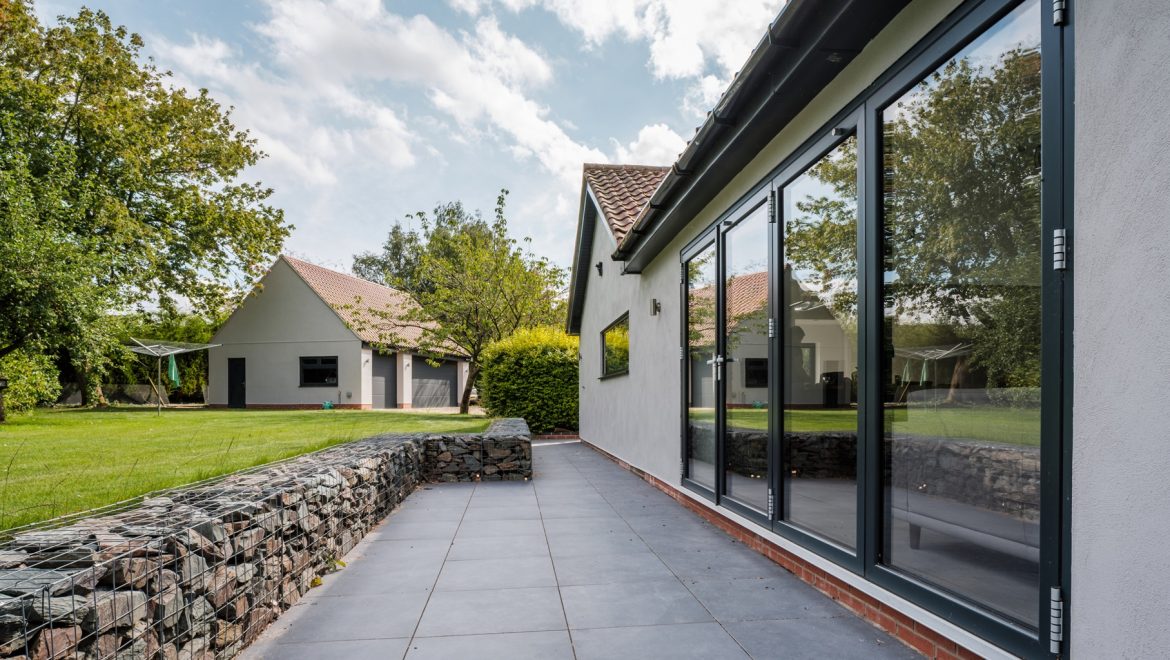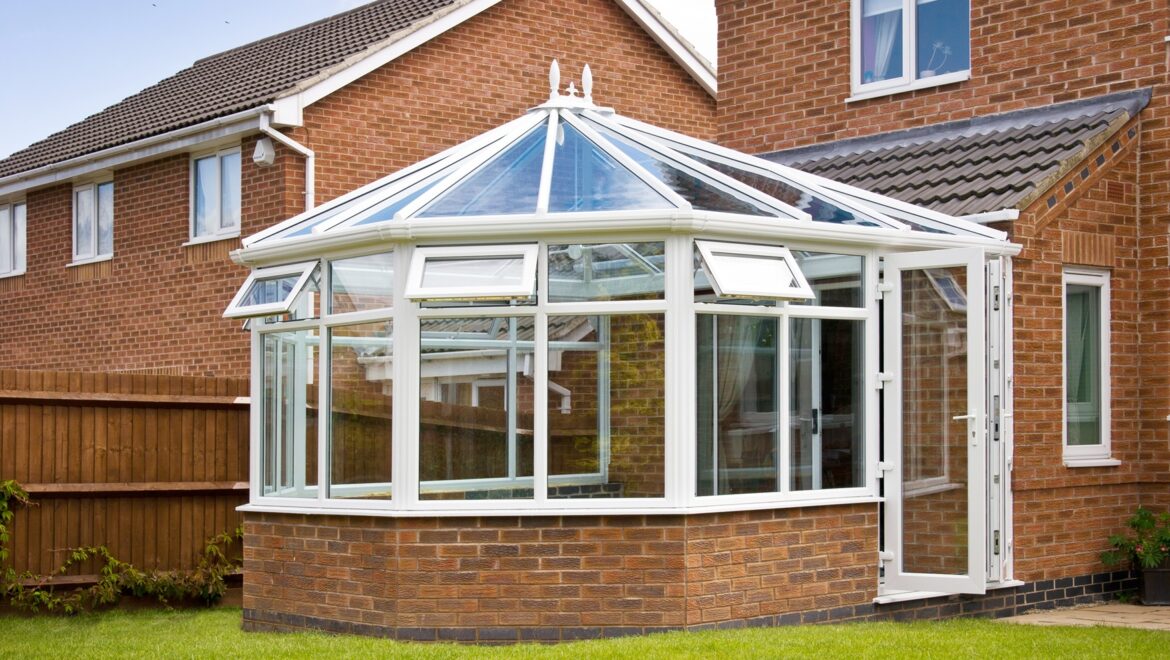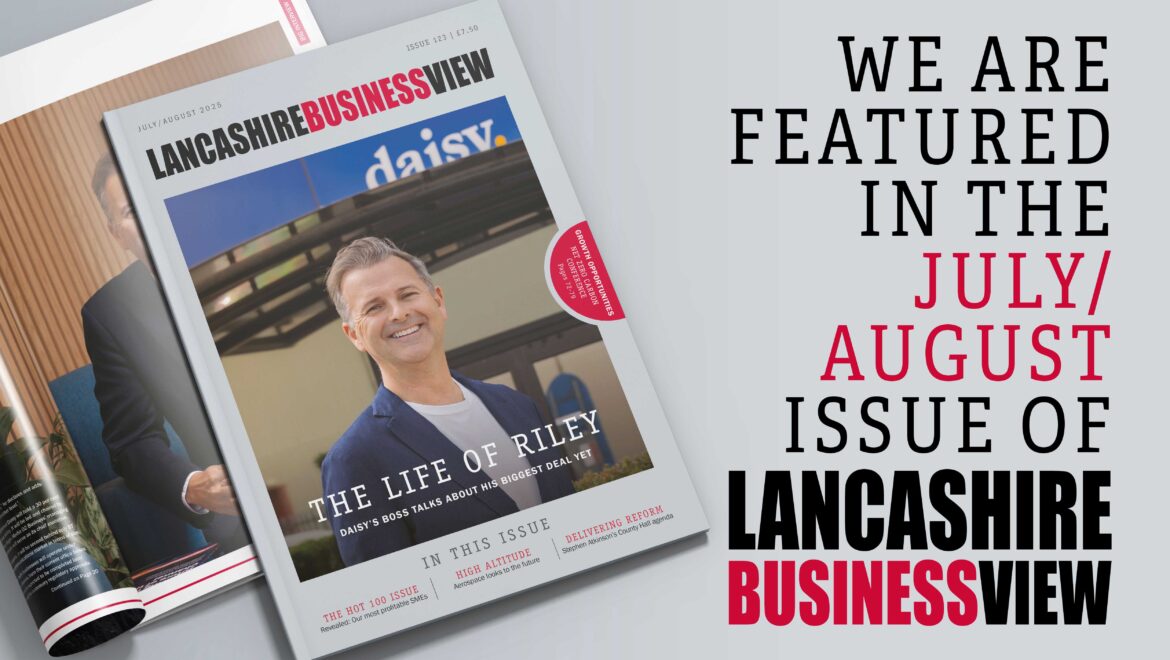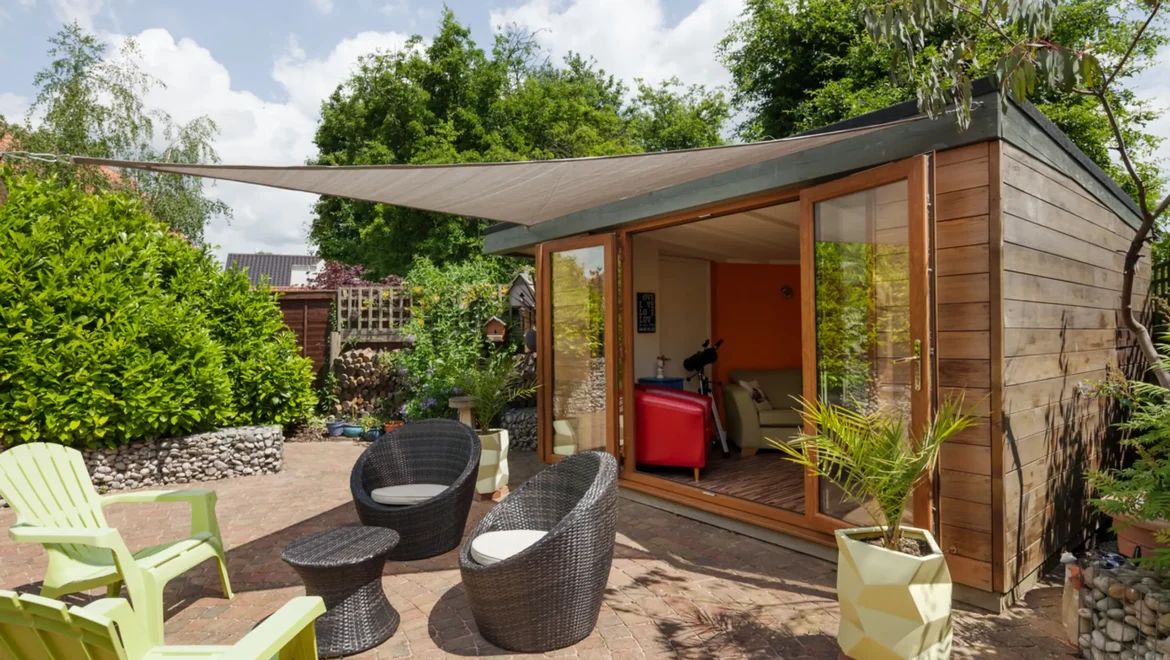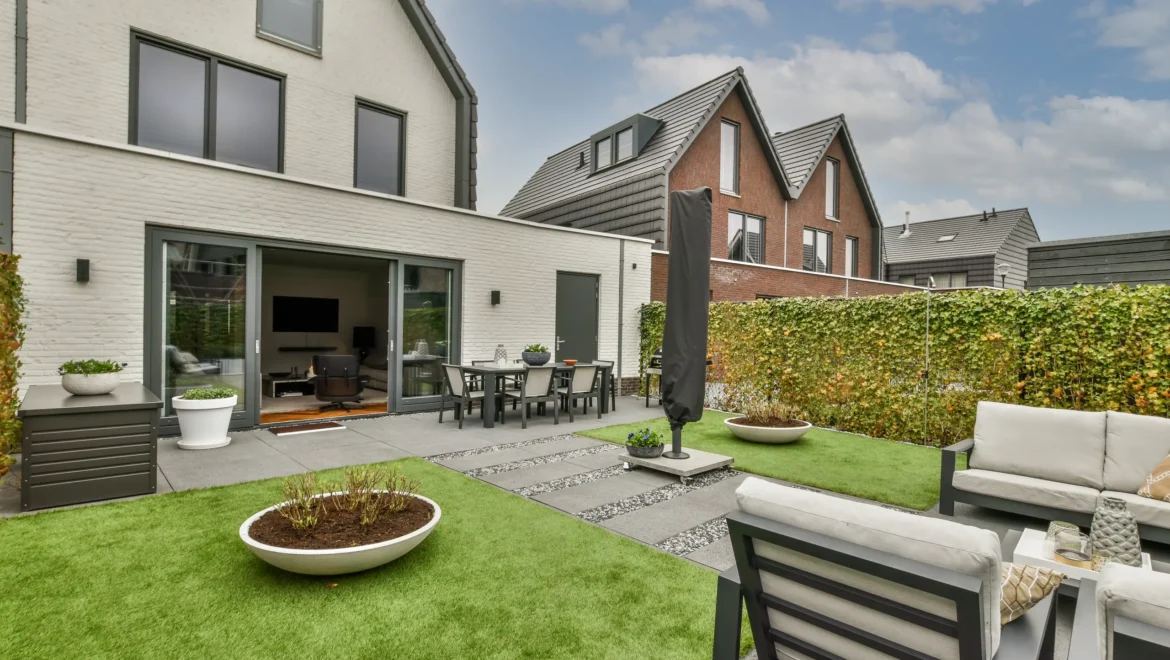Essential Tips for Home Extensions in Cumbria and Beyond
Are you dreaming of more space in your home without the hassle of moving? Home extensions offer the perfect solution, transforming your existing property into a haven that meets your needs. Whether you’re looking to add a cheerful conservatory, a spacious kitchen, or a tranquil home office, the possibilities are endless. In the stunning areas of Cumbria and the South Lakes, where natural beauty meets architectural charm, the right extension can enhance your lifestyle while increasing your property’s value. This guide will provide essential tips on planning, designing, and executing a successful home extension, ensuring you create a space that wonderfully reflects your personal style. From navigating local regulations to choosing the right materials, we’ll walk you through every step, helping you make informed decisions. Get ready to unlock the full potential of your home and create spaces where memories are made and cherished for years to come. Let’s embark on this transformative journey together!Read more


